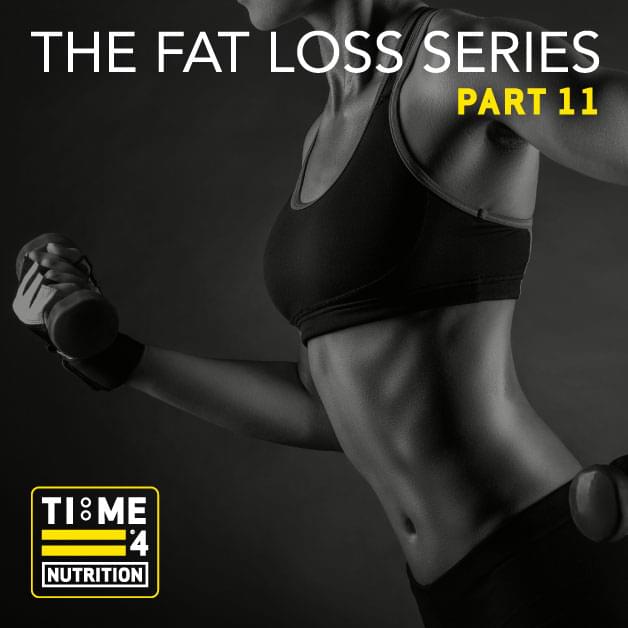TIME 4 FAT LOSS SERIES – PART 11 – Why do we gain fat in particular areas of our body and can we use exercise to specifically reduce them?
TIME 4 FAT LOSS SERIES
(Click on Nutritional Terms and Reference Numbers in Blue for More Info)
This is the Eleventh in a series of original articles we will be publishing looking at the science behind fat loss. Join our mailing list to be informed when we have added the latest article.
PART 11 – Why do we put fat on in particular areas of the body and can we use exercise to specifically reduce them?
The reasons why different individuals preferentially store fat in the upper or lower body or subcutaneous vs deep fat are not completely understood (1). However, we do know that a substance known as lipoprotein lipase (LPL), which facilitates the uptake and storage of fat by the fat cells, plays a large role in the differences in regional fat distribution observed between individuals (1).
The differences in the amount of fat and its distribution observed between men and women are related to the activity of LPL, with women possessing greater amounts (2). The fat cells of the hip, thigh, and breast region produce considerably greater amounts of LPL in women. Whereas the abdominal fat cells of men are more active with this fat storing substance (2). Consequently, when men increase their levels of body fat it tends to be deposited on their abdomen, while women tend to gain it on the hips, thighs and breasts. However, these are not absolutes, as some men gain fat on their hips and thighs while some women gain it on their abdomen (3).
Age also influences fat distribution: Typically, men’s abdominal fat tends to increase progressively with age whereas women tend to gain more fat on their abdomen after the menopause, when fat tends to shift from the arms, legs and hips to this area (4).
Variations in LPL activity not only contribute to the differences in fat distribution observed between individuals, but probably affect the changes in fat distribution that occur during pregnancy and middle age, and may be responsible for the lower fat accumulation in the abdominal area observed in black people in comparison to whites (2).
What happens to LPL when we lose weight?
If an obese person reduces their level of body fat, the level of LPL in their fat cells increases. The greater the amount of body fat an individual has before they lose weight, the greater the amount of LPL produced when fat is lost. Unfortunately, this makes formerly obese people prone to regaining weight (2).
Can we use exercise to lose fat in specific areas of the body?
The concept of training a particular muscle to reduce the fat directly above it is referred to as ‘spot reduction’. While it may seem logical and attractive for both cosmetic reasons and health reasons, the results of numerous studies suggest that it does not work.
For example, a study by Despres et al., cited by Heyward (5), which involved 20 weeks of cycling, found that abdominal fat stores were reduced to a greater degree than those of the legs. However, if spot reduction actually worked it would be logical to expect a greater reduction in the fat stores of the legs rather than the abdomen.
Similar results were found in a study (6), which assessed changes in the diameter of fat cells from the abdominal, gluteal, and subscapular (below the shoulder blade) areas resulting from a 27- day training program in which 5,004 sit-ups were performed by each subject. While there was a considerable reduction in fat cell diameter resulting from the programme, the effect was similar at all three sites.A more recent study had participants perform high repetition leg presses for just one leg. The results showed that the untrained leg lost the same amount of fat as the trained leg. Furthermore, fat loss was only significant in the upper body (7). This is because overweight individuals typically lose the fat on their trunk before other areas of the body, as fat cells in abdomen are preferentially used to supply energy rather than those in the legs (6).
Conclusion
The precise reasons why individuals gain fat in specific areas are not fully understood, but we know that LPL plays a role. The science quite clearly shows that we cannot use exercise to ‘spot reduce’ body fat. Therefore, we should adopt the recommended approach of restricting energy intake and increasing energy expenditure through physical activity in an effort to achieve the desired level of fat and body shape.
CLICK HERE TO READ: Part 12 – Brown fat V white fat?
